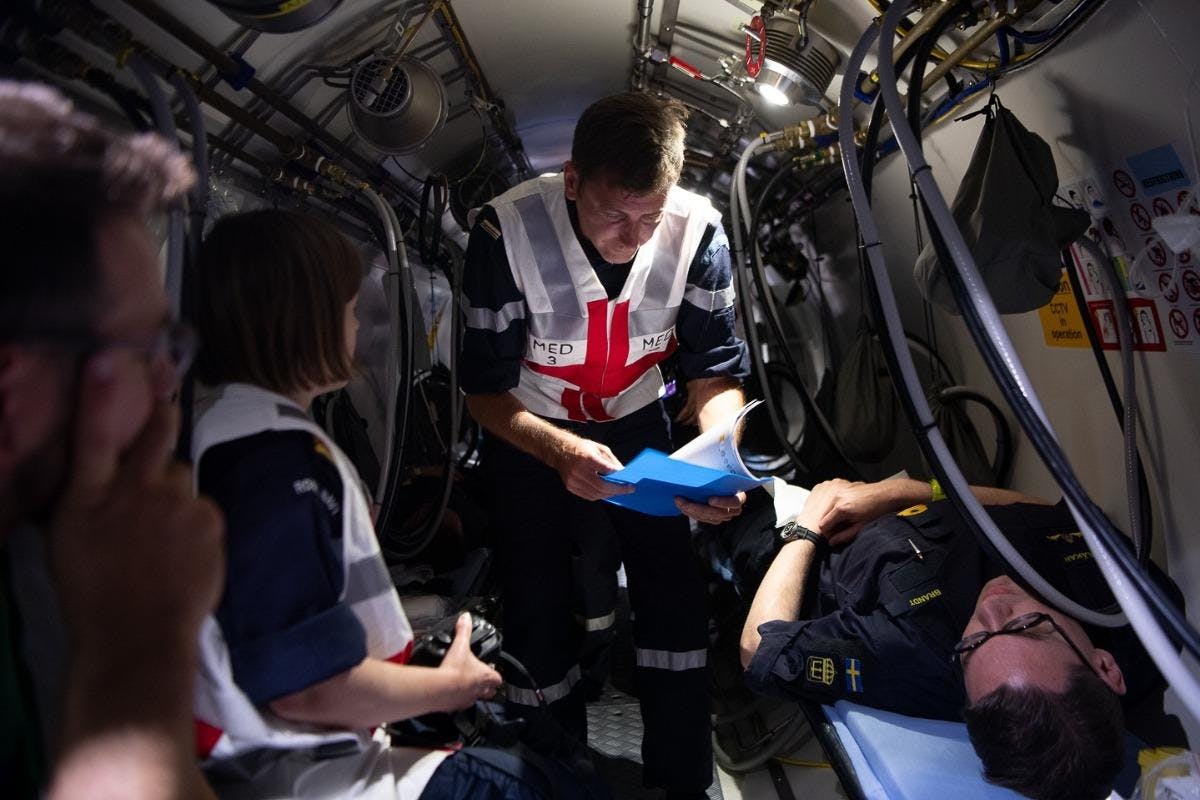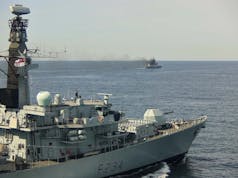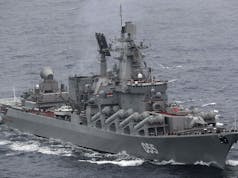NATO has successfully concluded Exercise Dynamic Monarch 24, a major submarine rescue exercise off the coast of Norway, which ran from 9 to 19 September 2024.
The exercise, demonstrating the importance of multinational collaboration in submarine rescue, brought together participants from 10 nations, including Canada, France, Germany, the Netherlands, Poland, Sweden, Türkiye, the UK, and the US.
Although I was invited to witness the exercise firsthand, personal circumstances prevented me from attending. However, NATO kindly provided images and updates to illustrate the complex operations.
Rear Admiral Bret Grabbe, Commander of Submarines NATO, emphasised the role of international cooperation, saying, “This exercise is a clear demonstration of cooperation among submarine nations and the professionalism of the submarine rescue community. International collaboration plays a critical role in ensuring rapid and effective responses to submarine emergencies.”
The exercise involved simulating submarine distress situations and testing NATO’s advanced search and rescue capabilities. In the initial search phase, systems such as sonar, underwater drones, and the US P-8 Poseidon Maritime Patrol Aircraft were deployed to locate the simulated distressed submarine (DISSUB).
The UK tested a new capability called the Distressed Sub Group (DSG), designed to locate submarines and establish contact with their crews.
During the rescue phase, Submarine Rescue Vehicles (SRVs) from Sweden and NATO’s Submarine Rescue System (NSRS) conducted operations to dive down to submarines stationed at 70 metres below the surface.
The Swedish URF and NSRS docked with the escape hatches of the subs, creating a secure connection to rescue the crews. The NSRS, capable of diving to over 600 metres, was a key asset.
Norwegian Navy Captain Espen Rasmussen, Deputy Fleet Commander, highlighted the complexity of submarine rescues, noting, “Submarine rescue is complex, and exercises like Dynamic Monarch are necessary to prepare if we ever need to save personnel from a distressed submarine.”
Medical teams practised treating conditions such as decompression sickness, working inside hyperbaric chambers to aid rescued crew members. The exercise also tested the psychological readiness of crews for the intense conditions of submarine rescue.
Dynamic Monarch 24 was coordinated by NATO’s International Submarine Rescue Liaison Office (ISMERLO), a global capability that supports multinational submarine rescue efforts. The exercise, held every three years, reflects NATO’s commitment to safeguarding submariners and enhancing maritime safety through advanced rescue techniques.
















to be rescued from a submarine relies on the peak of technical ability, the likelihood of getting out of a sunken submarine, is at best slim. the ability to transport to the place where it is needed fast highly dependent on is everything you’ve got to move the craft and the people who operate it. fast. could make the difference between success and failure
SPAG I hope is still a thing.
This DSG is new to me. Is DSG yet another rebranding/expansion of SPAG?
Is SPAG a component of DSG?
Deep?